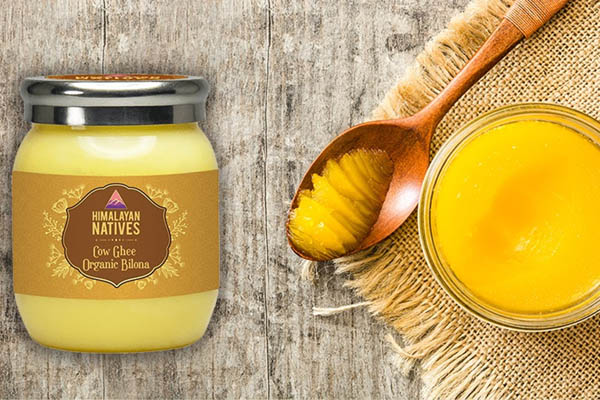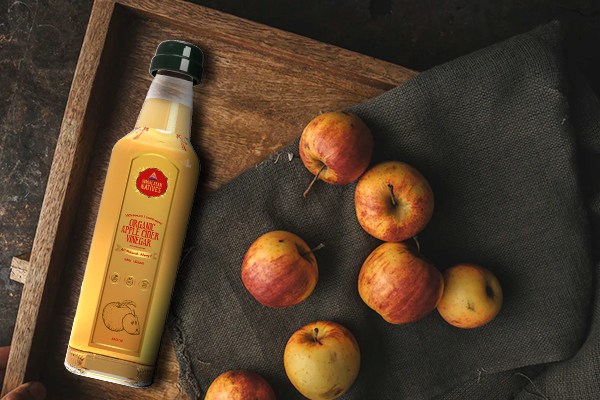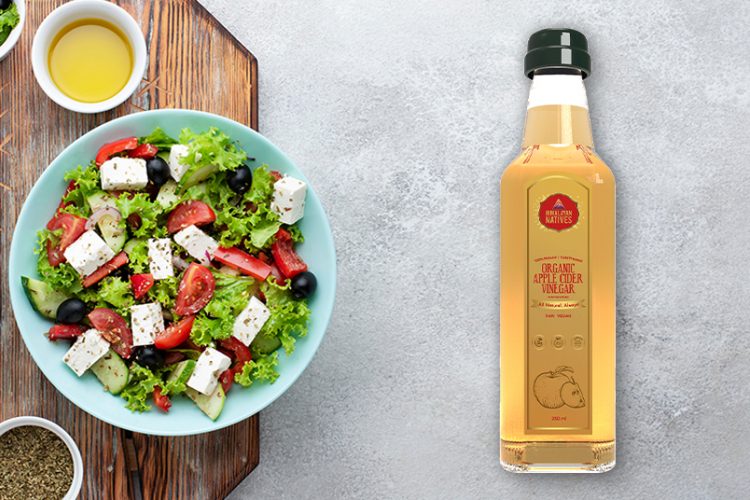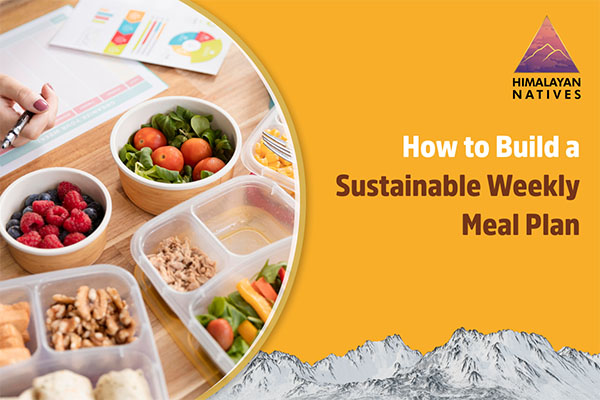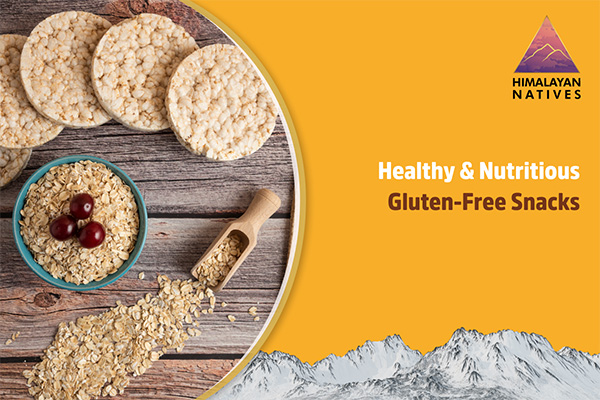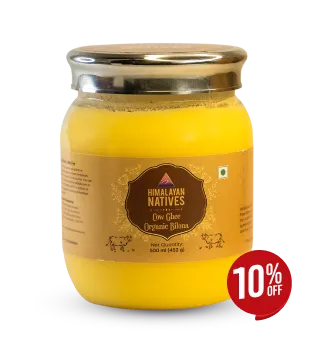
Iron is the mineral that is crucial for human growth and development. Through iron, hemoglobin is produced that transports oxygen to all the organs, muscles, and tissues in our body. There are two types of iron that can be found in our food: heme and non-heme.
Heme Iron is found only in animal-based products while Non-Heme Iron is found only in plant-based products.
According to several research studies, the recommended daily intake (RDI) of iron in our body is 18 milligrams/day. The individual criterion is decided in correlation to a person’s gender and age. One can identify under which category they fall through the chart below:
A deficiency of iron-rich foods can open up a gateway of symptoms such as tiredness, weakness, shortness of breath, and headache.
If you are following a vegan or vegetarian diet, you need to ensure that your iron RDI is 1.8 times higher than the standard RDI. As a matter of fact, the iron intake for vegetarians should be double that of nonvegetarians as plant-based products have non-heme iron which provides minimal iron nutrients. Now, that we better understand the importance of an iron-rich diet, let’s look at some of the foods that are rich in iron while being nutritious and delicious:
Tofu, Tempeh, Natto
Tofu, tempeh, and natto are by-products of soybeans that are segregated based on their health properties. Soybeans as a whole are rich in iron. They incubate ~8.8 mg of iron per cup which is around 49% of the RDI.
A healthy bowl of Natto is packed with iron nutrients fulfilling ~84% of your daily RDI. On the other hand, tempeh and tofu, each offer about 3-3.6 mg of iron which accounts for 20% of the RDI. These soy-based meals are not only rich in iron nutrients but are also rich in Vitamin K and contain nattokinase & probiotics that help improve bone and heart health.
Lentils
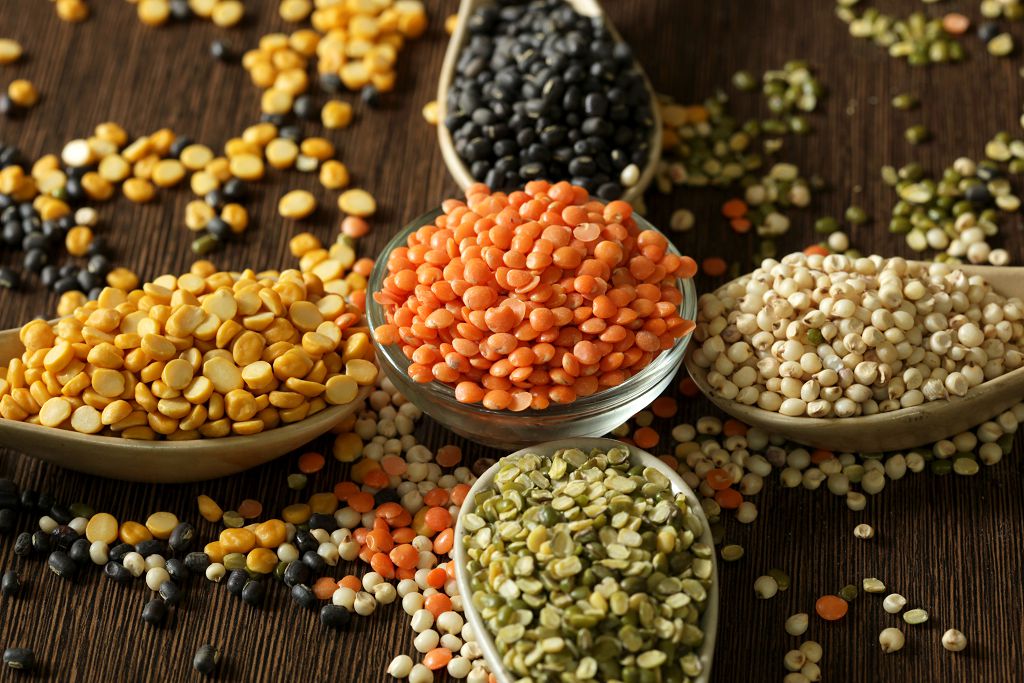
Lentils are great iron-rich foods that structure a robust diet plan. They are mainly categorized under three varieties: red, brown, and green lentils, which are not only known to offer iron nutrients but also a significant amount of complex carbohydrates, fiber, folate, and protein. One cup of cooked lentils offers around 50% of the recommended daily intake along with 18 grams of protein.
Red lentils have a nutty and sweet flavor and can be used for flavoring soups, stews, and purees while brown lentils have a mild earthy flavor and are used to make casseroles, rice dishes, and savory bakes. Lastly, green lentils lend their peppery taste and spicy aroma to make chilies.
Several studies also link the consumption of lentils to good heart health through the existence of polyphenols. They are highly nutritious and contain ingredients that combat fatigue and various other illnesses.
Nuts and Seeds
Nuts and seeds are important iron-rich foods that can help achieve a healthy and balanced diet. Pumpkin, chia, flax, and sesame seeds are known to contain the highest amount of iron nutrients amongst seeds. Two spoonfuls of seeds every morning fulfill about 25% of the iron RDI and can help avoid iron deficiency and fulfill your quota of RDI up to 25%.
Nuts like walnuts, pistachios, hazelnuts, and chestnuts are essentials that one can include in their everyday diet to meet their iron RDI. Nuts and seeds not only contain ample amounts of nutrients but also help reduce the risk of heart diseases, lower cholesterol levels and aid in weight loss.
Vegetables

Vegetables are a daily necessity for maintaining a healthy diet as they contain an exponentially greater content of iron when compared to meat and eggs. Although they contain non-heme iron that could lead to a lesser amount of iron intake. 100 grams of any raw or cooked leafy vegetables like spinach, cabbage, and beetroot can fulfill your iron RDI.
Did you know? 100 grams of spinach contains 1.1 times more iron than 100 grams of red meat and 2.2 times more iron than 100 grams of salmon.
Vegetables are a great source of non-heme iron, as well as an array of other vitamins that helps manage blood pressure, blood sugar levels, and maintain an overall healthy system.
Whole grains
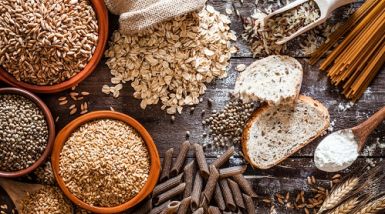
Whole grains are engulfed with numerous health benefits but are typically known for their iron processing properties. There are different types of whole grains that comprise significant iron per proportion.
5.2 mg of cooked Amaranth, a gluten-free ancient grain can substantially cover about 29% of your iron RDI. An alternative to Amarnath can be half a cup of Quinoa that accounts for 16% of your RDI. Another alternative can be a bowl of Oats for breakfast that not only promotes iron constituents that fulfill 19% RDI but also help reduce cholesterol and chances of heart diseases.
Iron-rich foods encompass a range of health benefits that can help avoid indications of toxins, diseases, or harmful effects on the mind and body. Incorporating a few of these iron-rich vegetarian foods mentioned above into your diet can help fill the iron deficiency in the body.
 HELPFUL0 people found it helpful
HELPFUL0 people found it helpful
Related Blogs
Subscribe to Our Blogs
and never miss on the latest update!







